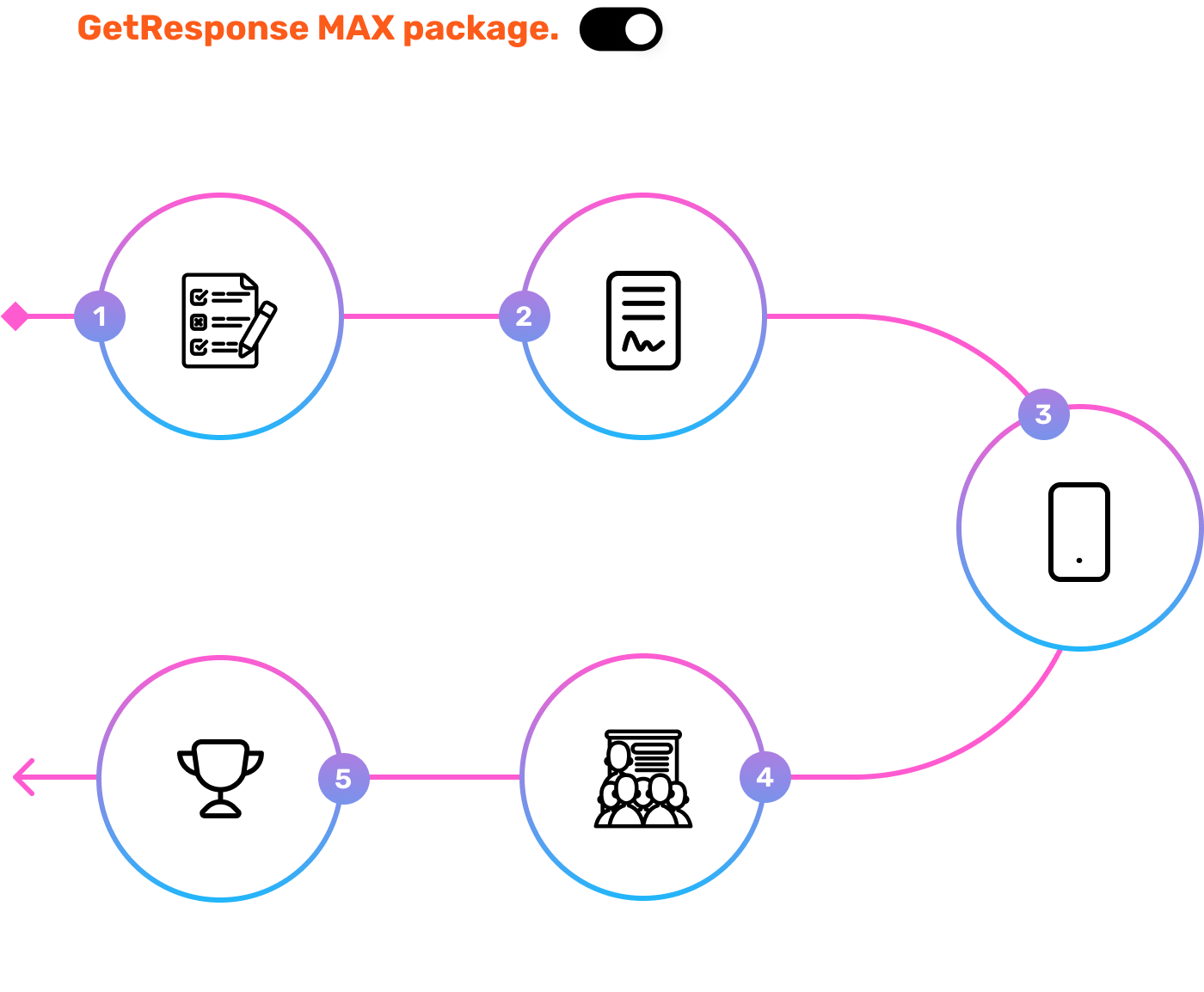Shared or dedicated IP? Explore your path to email marketing success
With GetResponse MAX, you can choose between shared and dedicated IPs. Here's a brief guide outlining the key differences between these two options, factors to consider when making your choice, and a step-by-step explanation of how the process of getting started with each option looks.
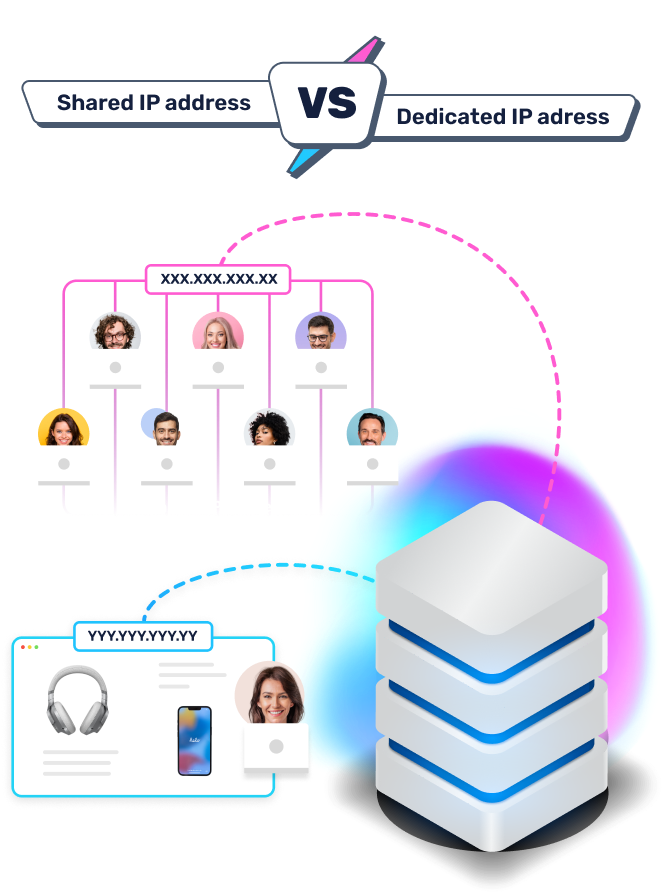
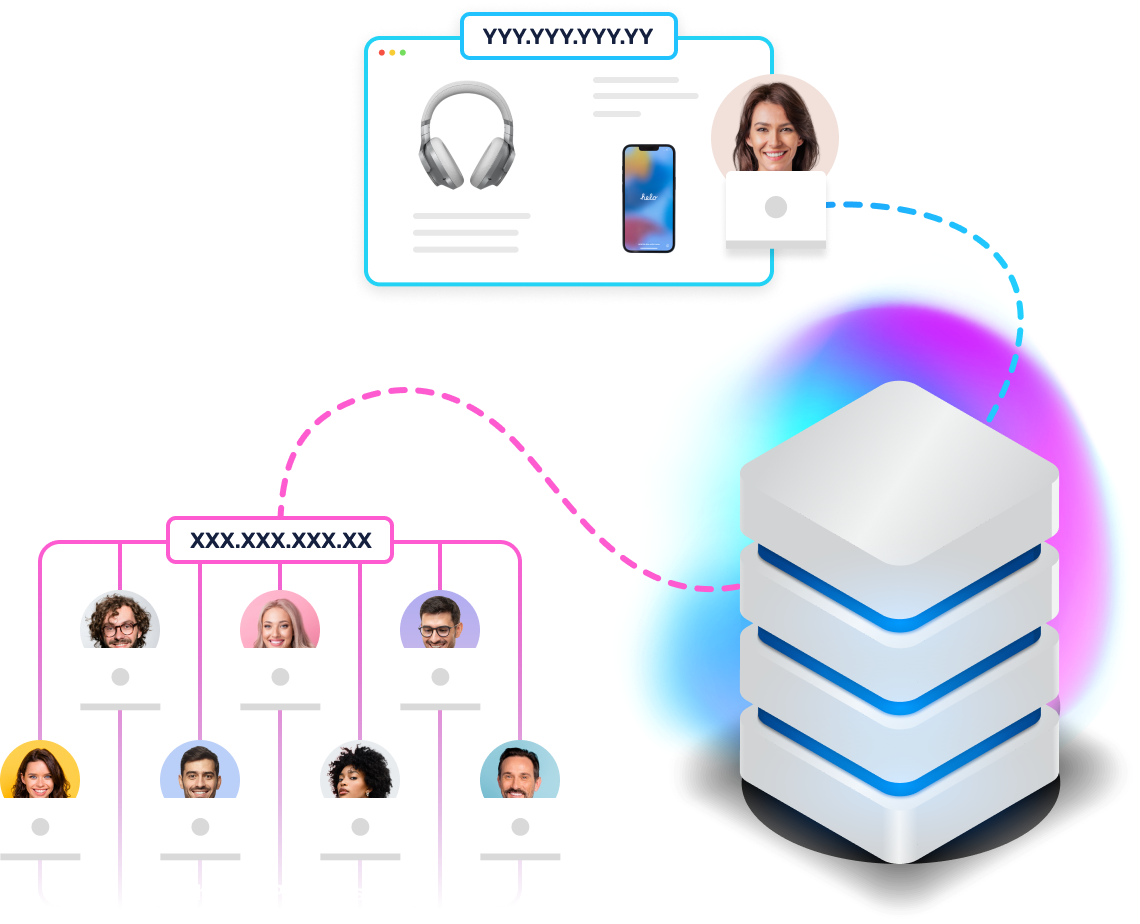
Learn the differences between shared and dedicated IPs
The choice between shared and dedicated IPs can significantly impact the success of your email campaigns. Both options have advantages, depending on your mailing volume, communication plans, and business goals.
Check the options in a nutshell
Shared IPs
may be more beneficial for your company if your traffic is not consistent and you are sending to a lower volume of contacts. You don't have to worry about maintaining your reputation; we will take care of it.
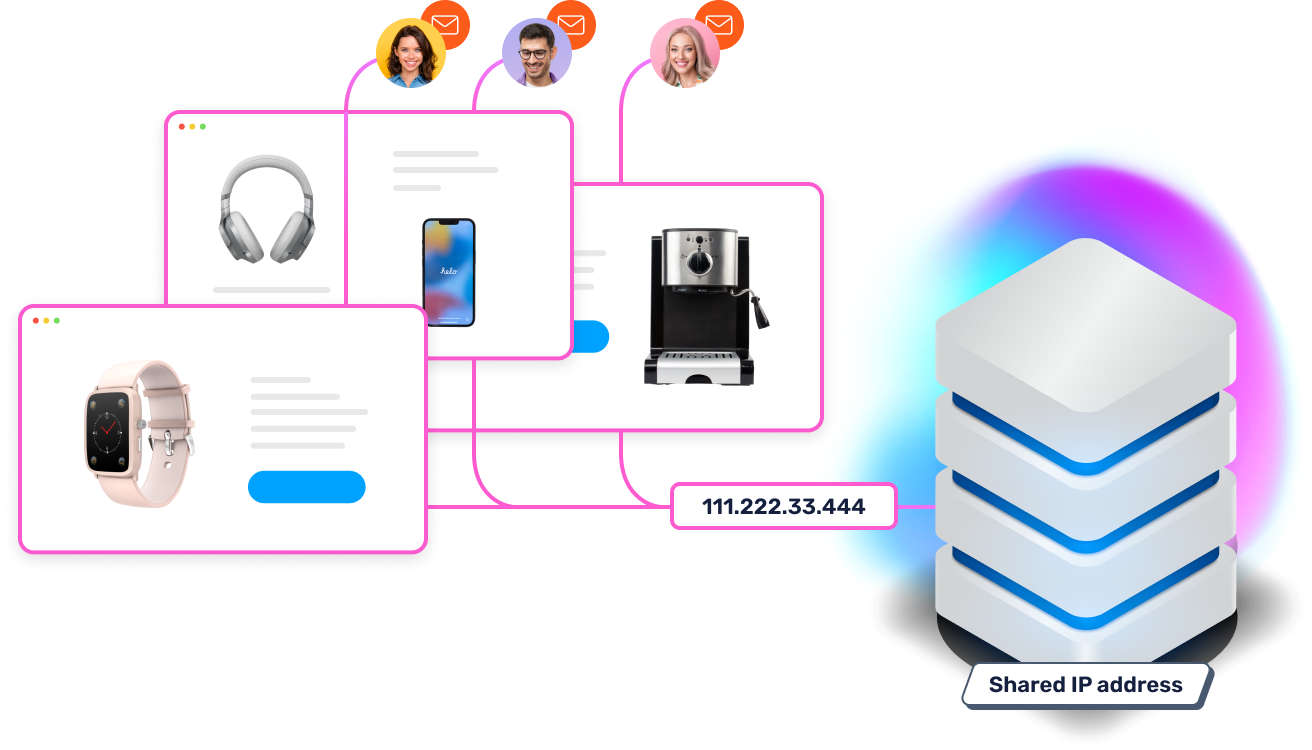
A dedicated IP
will be a good option if you want to maintain a top reputation and not depend on others in this aspect, and if you send a significant number of emails. Dedicated IP can hold traffic of millions of emails per month and lets you build and maintain a stable reputation for a long time.
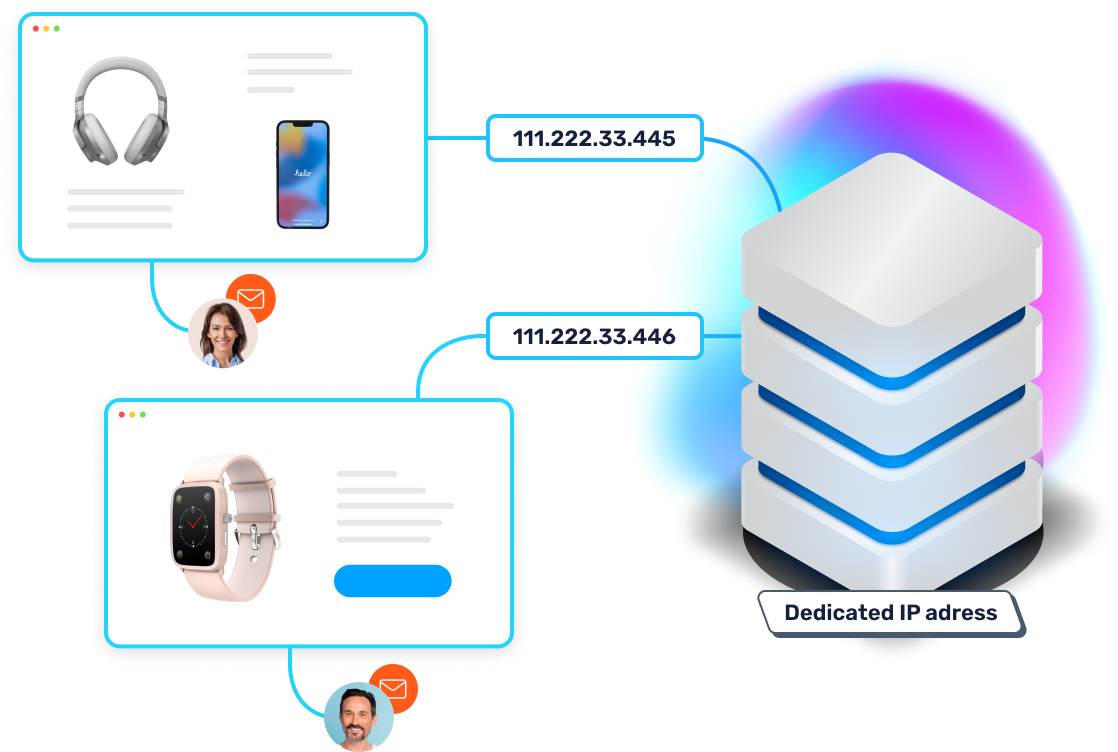
Dive into the details
Sending volume and frequency
Domain
Temporary sending limits
Shared IPs
Recommended for:
Low-volume senders
Companies with modest subscriber lists or not regular mailing frequency
Shared Ip has an option for dedicated:
Clicktrack domains: YES
From field domains: YES
App login domains: YES
Sending domains: NO
Initial sending volume guidelines are based on the sender's mailing reputation and list quality, assessed during the qualification process.
Dedicated IP
Recommended for:
Higher volume senders
Companies that maintain consistent mailing frequency.
Dedicated IP has an option for dedicated:
Clicktrack domains: YES
From field domains: YES
App login domains: YES
Sending domains: YES
With a dedicated IP address, there is an IP warm-up procedure. It's a crucial process for ensuring the proper deliverability of messages.
Here's an example of the recommended sending volume during the IP warm-up process:
Day 1: 200
Day 2: 250
Day 3: 500
etc.
Two different packages, one path to success. Let’s choose the best option for you.
GetResponse MAX experts will support you by proposing a solution aligned with your requirements, activities, and business goals. Here are the packages you can choose from and the step-by-step process of starting with each of them.
